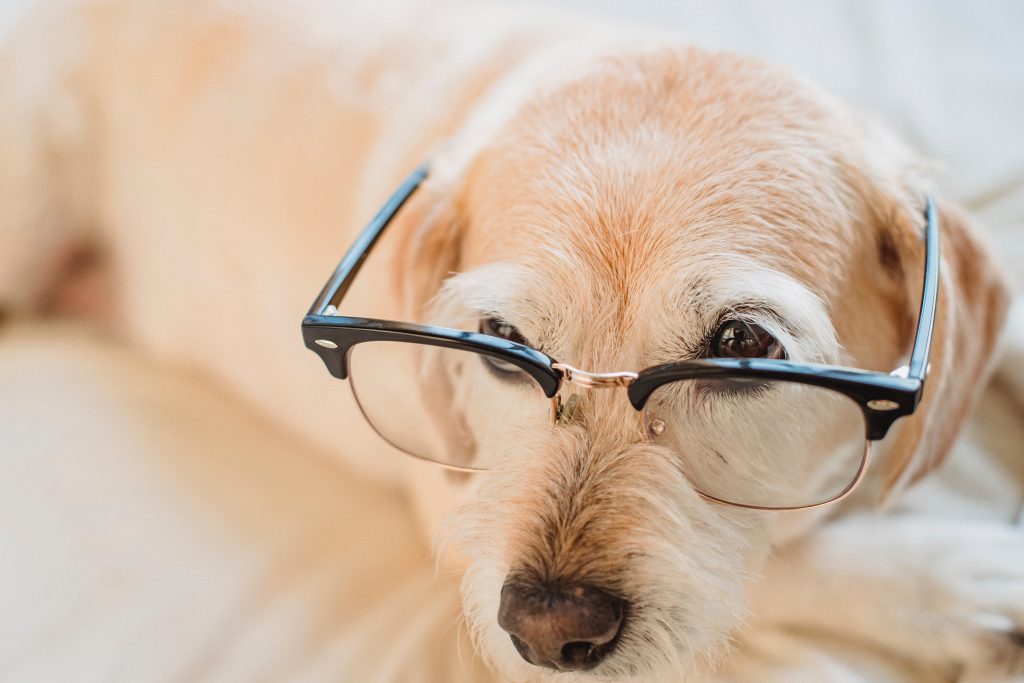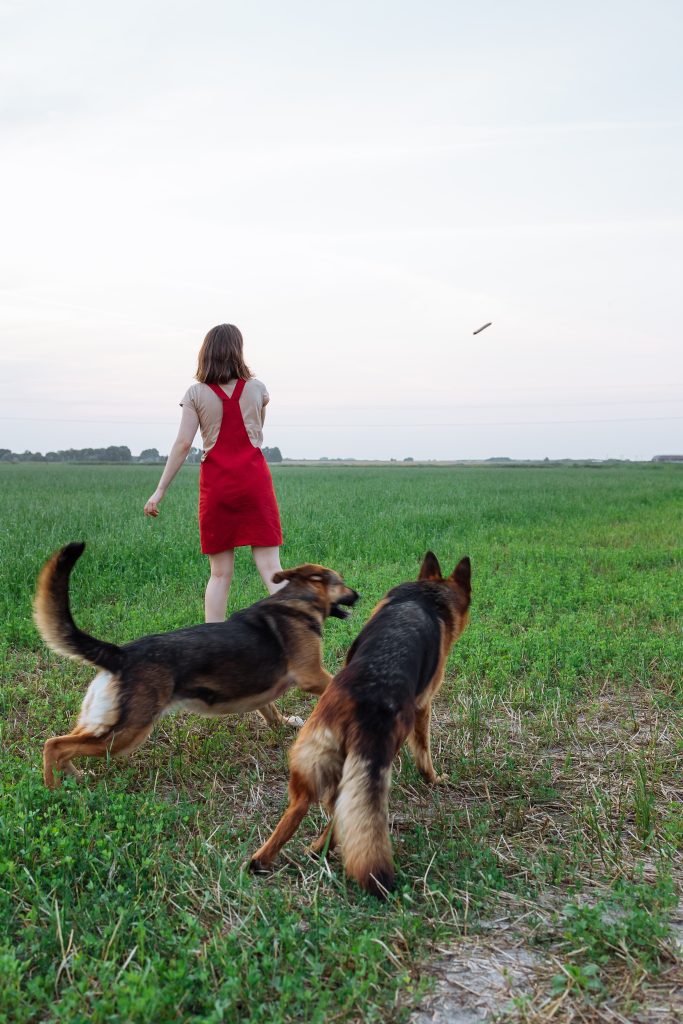Dogs have been our loyal companions for thousands of years. They are known for their unconditional love, their playful nature, and their ability to comfort us in times of need. But have you ever stopped to wonder what goes on in a dog’s mind? What do they think about when they are playing, sleeping, or even just sitting next to us? As much as we love our furry friends, we can’t communicate with them in the same way we do with other humans. However, recent studies have shed some light on the inner workings of a dog’s brain, giving us a glimpse into what they might be thinking about. In this blog, we’ll explore what dogs think about, from their emotions to relationships with us, and even their dreams. So, let’s dive into the fascinating world of canine cognition and discover what goes on in a dog’s mind.

Do Dogs Experience Emotions?
Dogs are capable of experiencing a wide range of emotions, just like humans. They can feel happy, sad, anxious, scared, and even jealous. However, they express their emotions differently than we do, which can make it challenging for us to understand them.
One of the primary ways dogs express their emotions is through body language. For example, when a dog wags its tail, it usually means they are happy or excited. On the other hand, when a dog tucks its tail between its legs, it can be a sign of fear or anxiety.
Dogs are also very attuned to their owners’ emotions and can pick up on our moods. They often respond to our emotions by offering comfort, such as snuggling up to us when we’re sad or licking our faces when we’re happy.
Studies have shown that dogs have the same hormones and brain structures associated with emotions as humans. They also exhibit similar behavior patterns when experiencing emotions such as fear and joy.
It’s important to recognize that dogs are sentient beings capable of feeling complex emotions. As dog owners, we should try to be attuned to our dogs’ emotions and provide them with a safe and loving environment that fosters positive emotional well-being.
How Do Dogs Form Relationships?
Dogs are social animals, and they build relationships with humans and other dogs in a variety of ways. One of the primary ways dogs build relationships is through socialization. This is the process by which dogs learn to interact with other dogs and humans in a positive and appropriate manner. Socialization typically begins when dogs are puppies and continues throughout their lives.
Another way that dogs build relationships is through play. Play is an important part of socialization and helps dogs develop important social skills such as communication, cooperation, and problem-solving. Dogs use play to establish social hierarchies, build bonds with other dogs and humans, and relieve stress.
Dogs also build relationships through positive reinforcement training. This is the process by which dogs learn to associate certain behaviors with rewards such as treats, praise, or playtime. Positive reinforcement training helps dogs build trust and confidence in their owners and strengthens the bond between them.

Dogs also build relationships through physical contact. Dogs are highly tactile animals and use physical touch to communicate and build bonds. Petting, hugging, and snuggling with your dog can help strengthen your relationship and provide your dog with a sense of comfort and security.
Finally, dogs build relationships through shared experiences. Dogs thrive on routine and enjoy being included in their owners’ daily activities. Including your dog in activities such as walks, hikes, and car rides can help strengthen your bond and build a deeper relationship.
In summary, dogs build relationships through socialization, play, positive reinforcement training, physical contact, and shared experiences. As dog owners, it’s important to be aware of these different ways that dogs build relationships and to actively work to strengthen the bond between ourselves and our furry companions.
What Do Dogs Dream About?
Like humans, dogs do dream. Studies have shown that dogs go through similar sleep cycles as humans, including the rapid eye movement (REM) phase, during which most dreaming occurs. In fact, dogs spend about 12 to 14 hours a day sleeping, with about 10 percent of that time in REM sleep.
During REM sleep, a dog’s brain activity is similar to that of a human’s while dreaming. Their eyes may twitch, their paws may move, and they may even make sounds or movements as if they are chasing something. These behaviors indicate that they are likely dreaming.
It’s also believed that dogs dream about activities and experiences that they have had while awake. For example, a dog may dream about running, playing, or chasing after a ball. In fact, some researchers suggest that dogs may use their dreams to consolidate memories and process emotions.
Overall, dogs’ dreaming behavior is similar to that of humans, and it’s likely that they experience a variety of dreams based on their real-life experiences.

In conclusion, while we may never fully know what dogs think about, we can make some educated guesses based on their behavior and cognitive abilities. Dogs are intelligent creatures capable of complex emotions, including love, fear, and happiness. They are also highly social animals, and their behaviors suggest that they have a deep understanding of social cues and communication.
Read more blog posts on our website here.
